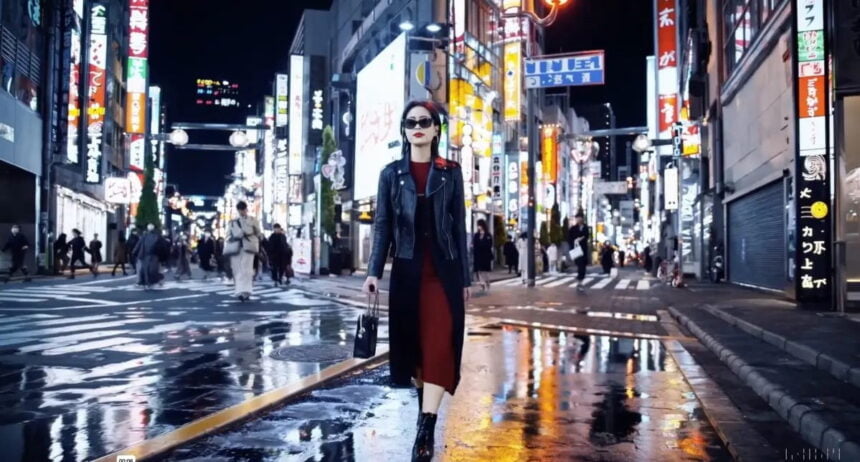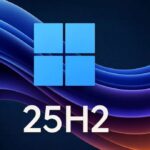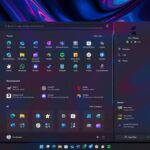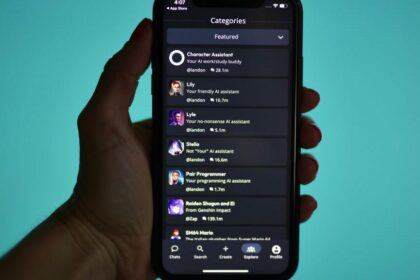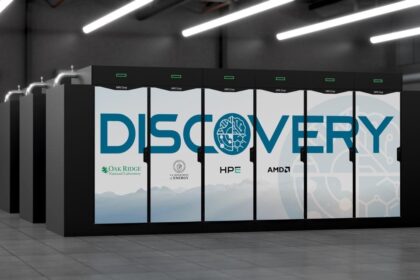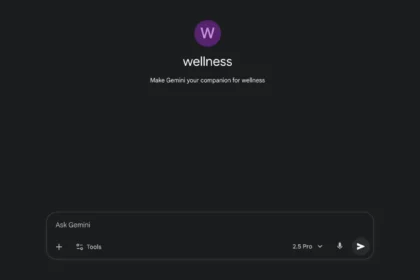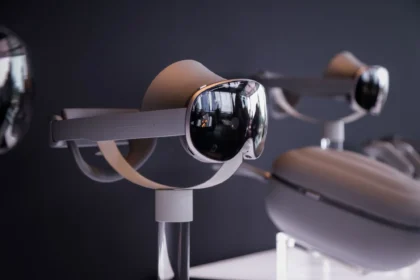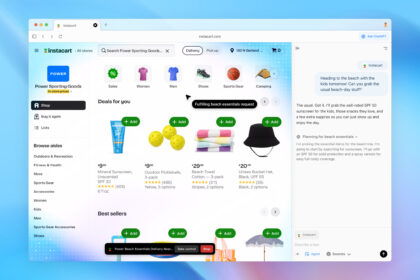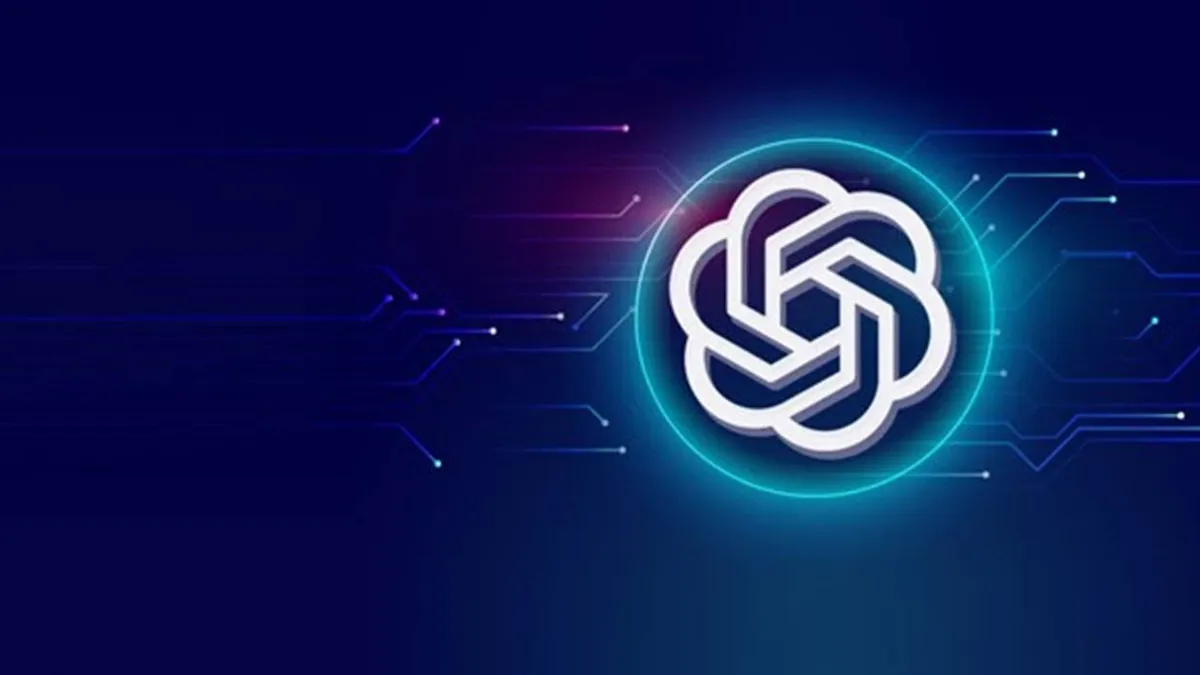Imagine just writing text and having it turned into a video! OpenAI’s new AI called Sora lets you make videos from text descriptions.
Sora is a “generative AI” that can take what you type and generate realistic or animated video clips. It brings your ideas to life!
This represents a huge advance in AI technology. Sora has the power to revolutionize how regular people can create videos without cameras, studios, or editing software.
This article explains how Sora works and when to start using it. It’s an exciting new way for anyone to produce video content straight from their imagination!
The possibilities are endless with Sora’s video creation from text. It could change the world of technology and media production forever.
What is Sora?
Sora is a new AI tool made by OpenAI. It can create videos just from text descriptions you type. For example, you can type text telling Sora what should happen in a video, and it will generate a realistic fake video of that scene. It looks very real!
Sora joins other creative OpenAI tools like ChatGPT (makes text) and Dall-E (makes images). But Sora is special because it can generate moving videos that simulate real physics and motion.
So now OpenAI lets people make text, images, and videos by describing ideas in a text. It’s an amazing new creative tool! Please type what you want to visualize, and Sora will make it into a video.
Introducing Sora, our text-to-video model.
Sora can create videos of up to 60 seconds featuring highly detailed scenes, complex camera motion, and multiple characters with vibrant emotions. https://t.co/7j2JN27M3W
Prompt: “Beautiful, snowy… pic.twitter.com/ruTEWn87vf
— OpenAI (@OpenAI) February 15, 2024
How does it work?
Sora makes videos using a process called “diffusion.”
First, it randomly generates a blurry and distorted video clip. Then it keeps smoothing and refining that video over and over. Slowly, details and clarity improve with each pass. All the while, sora compares the refining video to the text description given. It makes sure the final clear video matches the text.
After many of these “diffusion” steps, sora reveals a sharp, realistic video that visualizes the typed text description. It’s almost like magic!
So Sora takes text, makes a blurry video, and then keeps polishing that video through diffusion until the result matches the text prompt. This advanced process lets Sora generate stunning videos from typing alone.
Of the OpenAI Sora videos, this one blew my mind. Rendering this scene via a classic renderer is very hard. Sora doesn’t model physics the way we do. It can definitely still get it wrong, but I wouldn’t have predicted it’d be this convincing. https://t.co/l3blB8Xe49 pic.twitter.com/f2Vy9uR3dt
— Evan Morikawa (@E0M) February 15, 2024
Sora uses advanced AI to understand text and turn it into matching video clips. It combines natural language processing (for the text) and image processing (for the video).
It can make realistic-looking or animated-style videos based on your type of words.
The videos can be up to 1 minute long. Sora ensures they closely match the descriptions given while maintaining good visual quality.
Sora lets you type text prompts and pick a photorealistic or animated style. It then generates up to 60-second long, text-matching videos with high-fidelity graphics. This brings any text scene or idea to vivid life just a few clicks away!
When can it be tested?
Sora, developed by OpenAI, is currently undergoing a limited testing phase that is accessible only to a select group of researchers and creatives. OpenAI has not specified a date for Sora’s public release but aims to make it available to everyone in the future, aligning with its values of transparency and openness.
Despite the anticipation surrounding Sora’s release, OpenAI has cautioned against potential risks, particularly regarding the proliferation of deepfakes. Deepfakes are AI-generated videos that can distort reality and deceive individuals. Consequently, OpenAI is committed to addressing these concerns by implementing security and ethical measures to ensure Sora’s responsible and beneficial use.
Conclusions
Sora is a very impressive new AI from OpenAI. It opens up many possibilities for easily creating videos for anything – school, art, information, entertainment, and more.
Sora shows again why OpenAI is a leader in generative AI. With tools like ChatGPT, Dall-E, and now video-making Sora, they keep innovating ahead of competitors.
Microsoft owns 49% of OpenAI, so they are excited about Sora, too. A top Microsoft executive tweeted praising Sora, saying it will be big news.
Tools like Sora show the future of AI. Soon, video creation could work seamlessly with other Microsoft products, too. This kind of innovation is why OpenAI and Microsoft lead the way. They keep finding new ways AI can unlock creativity for everyone.
Here’s a video #Sora made from the text: «Beautiful, snowy Tokyo city is bustling. The camera moves through the bustling city street, following several people enjoying the beautiful snowy weather and shopping at nearby stalls. Gorgeous sakura petals are flying through the wind… pic.twitter.com/ECrzUJgxvW
— Yusuf Mehdi (@yusuf_i_mehdi) February 15, 2024

